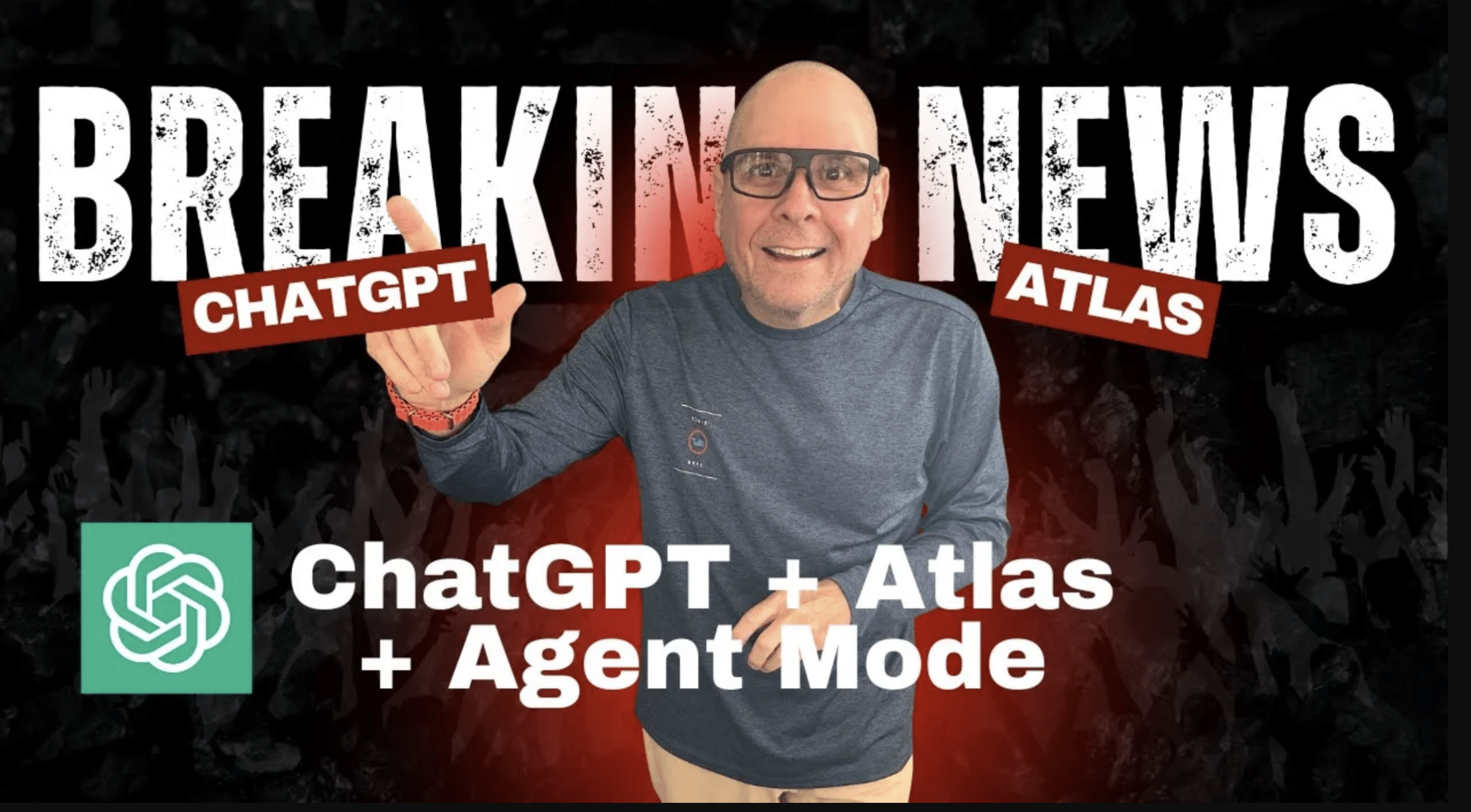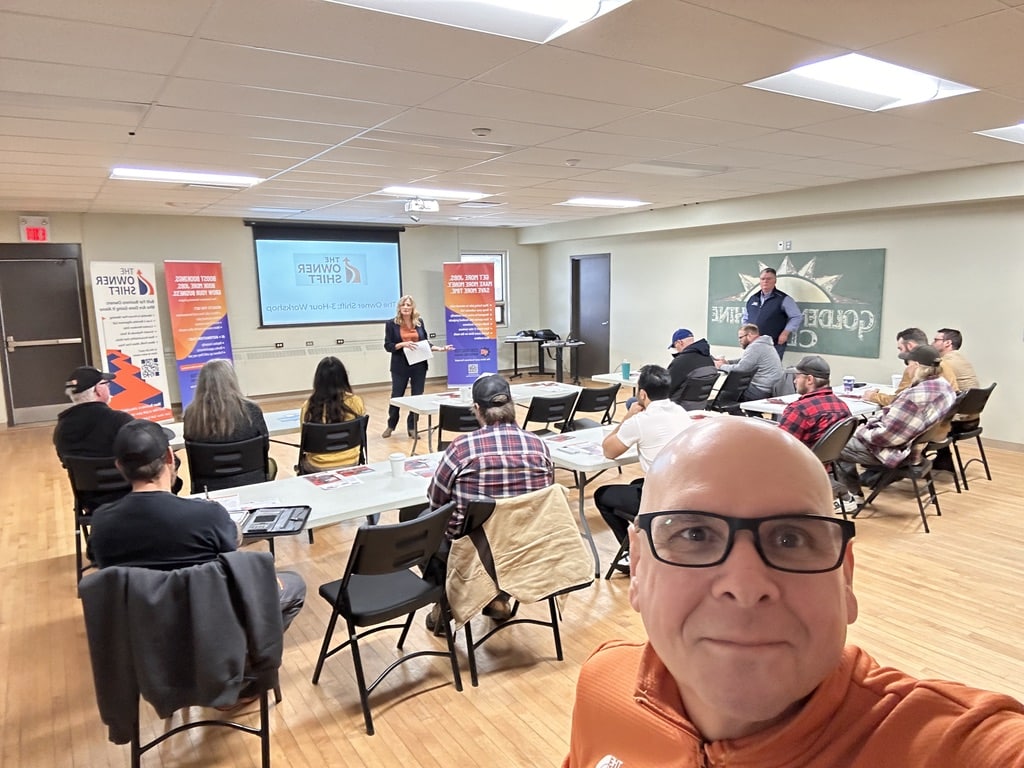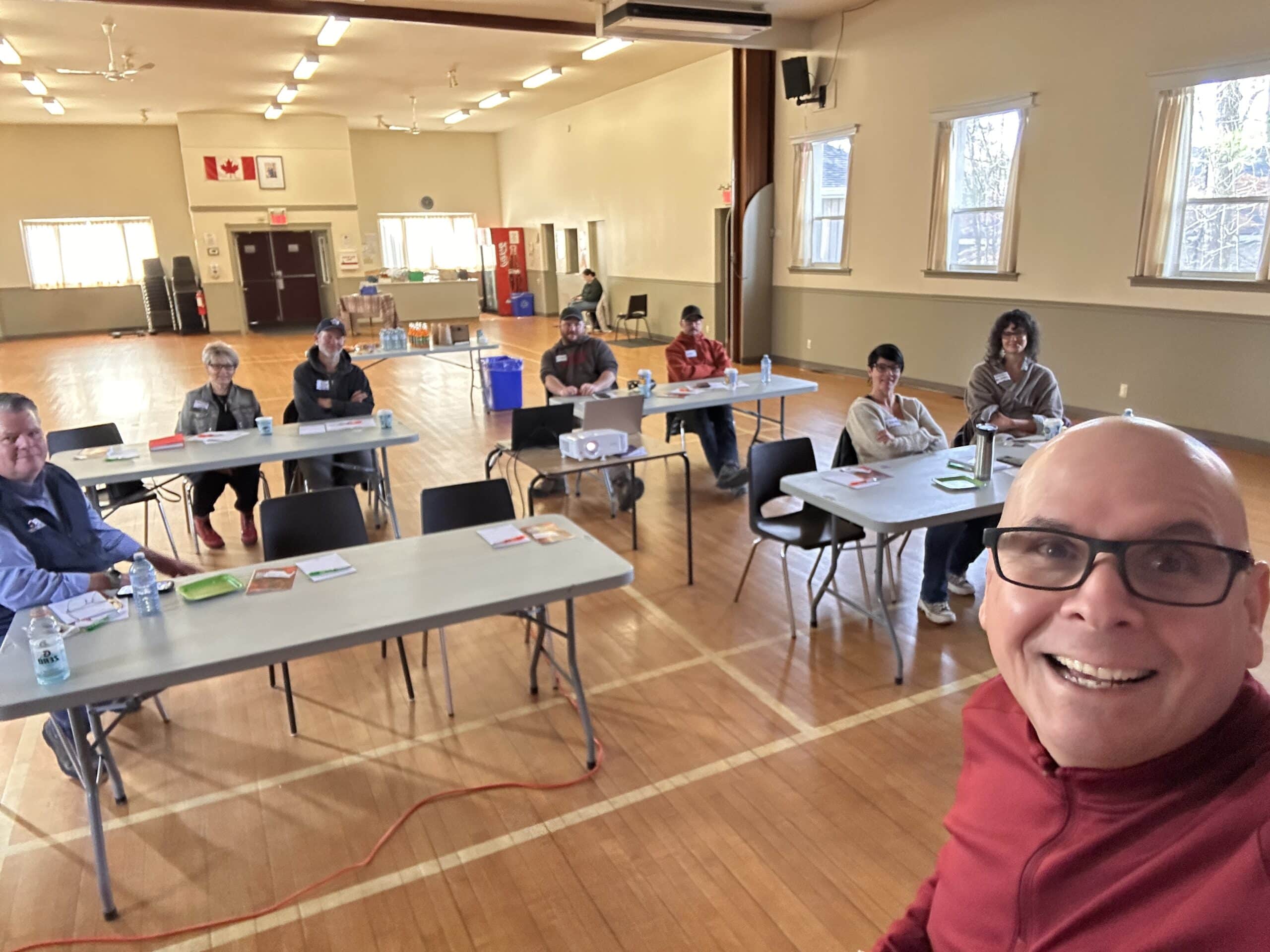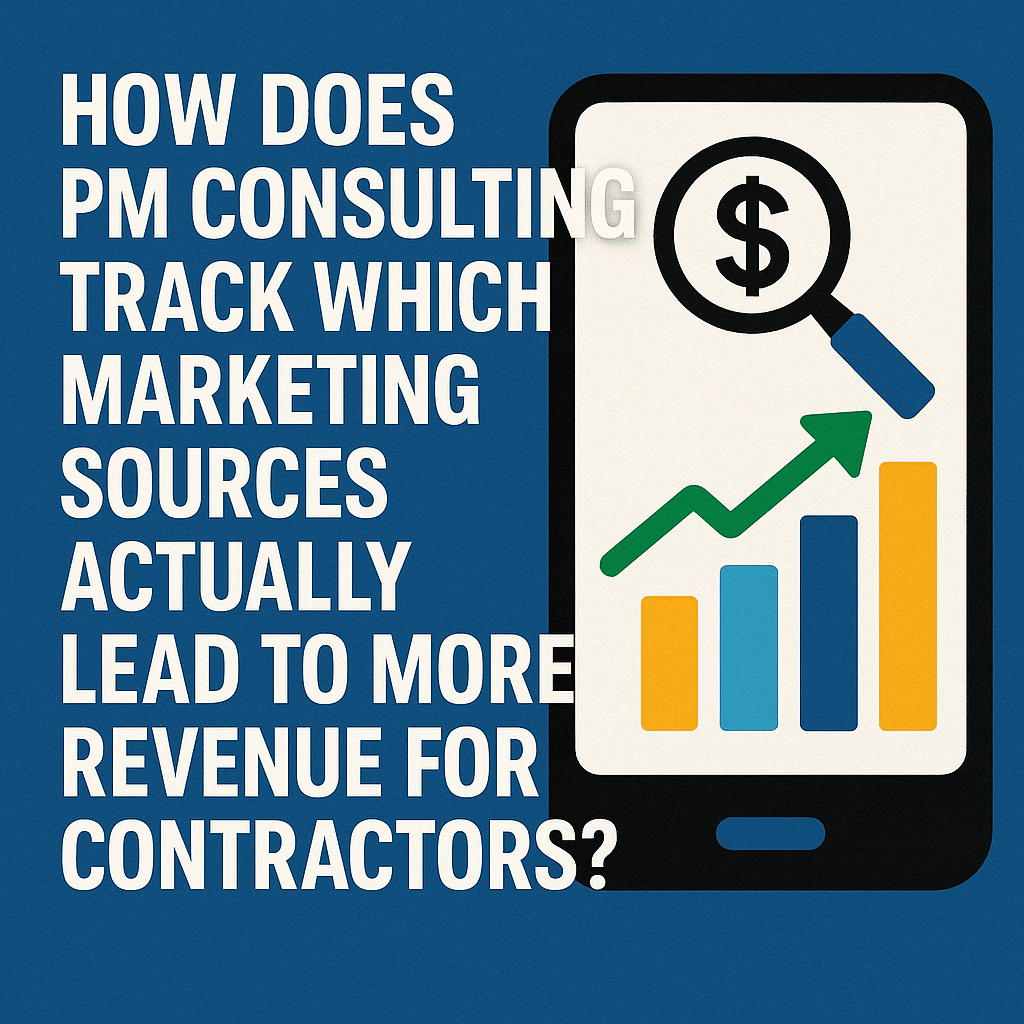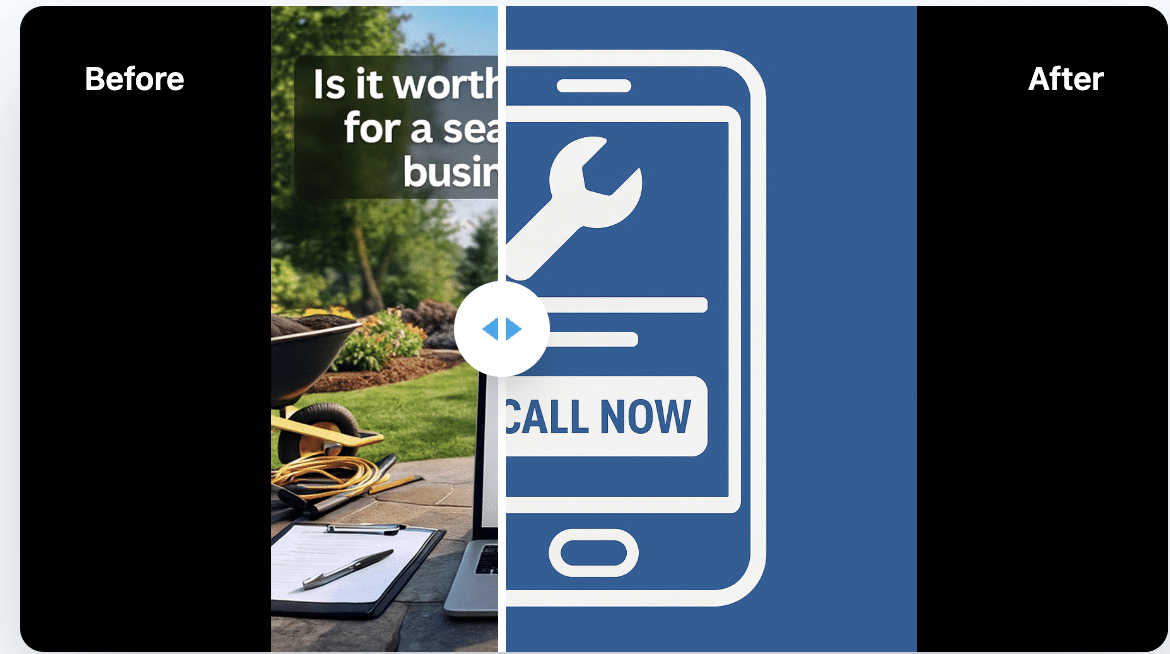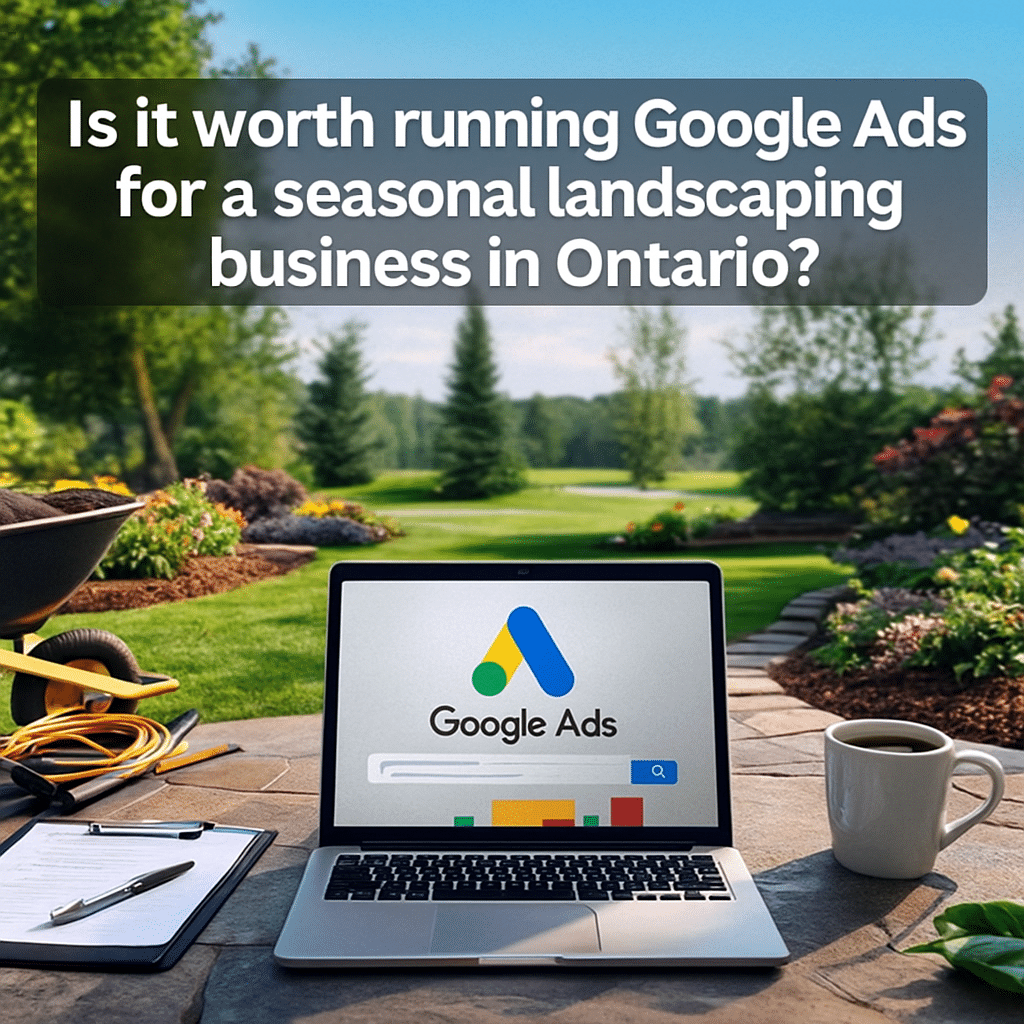How Contractors Can Generate More Leads Using Google’s SEO Best Practices
For contractors, a steady flow of high-quality leads is the lifeblood of a thriving business. Yet, many struggle with unpredictable pipelines, rising ad costs, and losing clients to competitors. The solution? Aligning your lead-generation strategy with Google’s Search Quality Rater Guidelines to build trust, visibility, and long-term results. In this guide, we’ll break down a proven 5-step framework to attract and convert more clients while adhering to Google’s strict standards for high-quality, reliable content.
Step 1: Optimize Your Online Presence (EEAT Compliance)
Google’s guidelines emphasize EEAT (Experience, Expertise, Authoritativeness, Trust) as critical ranking factors. Here’s how to apply this to your contracting business:
- Professional, SEO-Friendly Website
- Ensure fast loading speeds, mobile responsiveness, and clear navigation.
- Use keywords like “best [your service] contractor near me” in titles, headers, and meta descriptions.
- Showcase Expertise with a portfolio of past projects and detailed service pages.
- Build Trust with Customer Testimonials
- Display reviews prominently. Google prioritizes pages with “very positive reputation” (Page Quality Rating Guidelines).
- Include case studies to demonstrate Experience and successful outcomes.
- Local SEO & Google My Business (GMB)
- Optimize your GMB profile with accurate contact details, service areas, and photos.
- Encourage clients to leave 5-star reviews—a key local ranking signal.
Step 2: Create High-Value Lead Magnets
Lead magnets must align with Google’s “Helpful Content” criteria. Avoid generic offers; instead, solve specific problems:
- Examples:
- “How to Avoid Costly Mistakes When Hiring a Contractor” (PDF guide).
- “10 Questions to Ask Before Renovating Your Home” (checklist).
- Best Practices:
- Use clear CTAs like “Download Your Free Guide” without deceptive claims (avoid “Lowest” Page Quality ratings for spammy content).
- Gate content behind a form to capture leads while maintaining transparency.
Step 3: Master Local SEO for “Near Me” Searches
Google’s raters evaluate whether results meet user intent and local relevance. To rank higher:
- Target Hyper-Local Keywords
- Example: “emergency plumbing services [City Name]”.
- Create location-specific landing pages with content tailored to regional needs.
- Optimize for “Your Money or Your Life” (YMYL) Standards
- Contracting services often fall under YMYL (e.g., electrical work, roofing). Ensure content is accurate, well-researched, and cites authoritative sources (e.g., building codes).
- Build Local Citations
- List your business on directories like HomeAdvisor, Angi, and local Chamber of Commerce sites.
Step 4: Leverage Social Media & Paid Ads (Without Sacrificing Quality)
Google rewards pages that drive satisfying user experiences. Apply this to ads:
- Hyper-Targeted Facebook/Google Ads
- Use geo-targeting to reach users in your service area.
- Highlight unique selling points (e.g., “24/7 Emergency Services”).
- Engage in Local Community Groups
- Answer questions in Facebook groups or Nextdoor to build Authoritativeness.
Step 5: Streamline Follow-Ups with CRM Automation
Google values pages that serve users efficiently. Speed matters:
- Respond Within 5 Minutes
- Use automated SMS or email responses to acknowledge inquiries instantly.
- Nurture Leads with a CRM
- Segment leads based on intent (e.g., “urgent roof repair” vs. “kitchen remodel”).
Key Takeaways
- Visibility + Trust = More Leads: Align your content with EEAT principles to boost rankings.
- Solve Problems, Don’t Sell: Create content that addresses user intent (e.g., “How to fix a leaking faucet”).
- Local SEO is Non-Negotiable: Dominate “near me” searches with optimized GMB profiles and reviews.
Ready to Fix Your Lead Flow?
Don’t let inconsistent leads hold your business back. Book a free consultation with our experts to implement this framework today!
???? Call 705-491-2627 | ???? Visit PM Consulting


